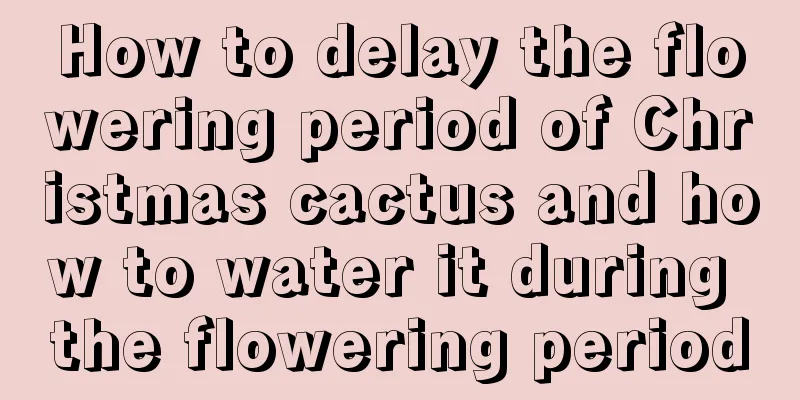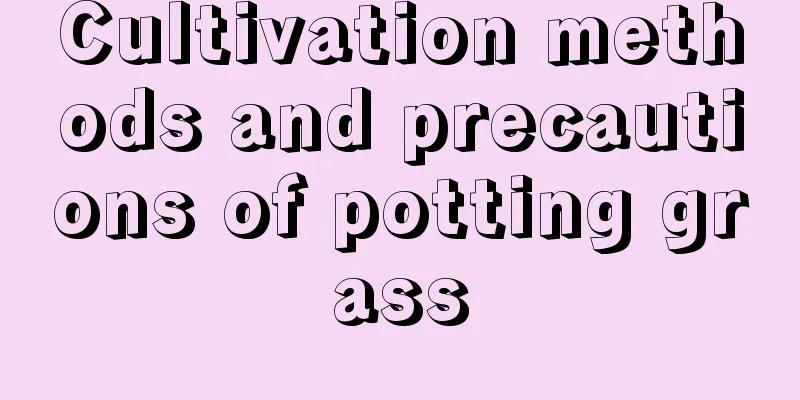How to care for green plants in winter

Are green plants afraid of freezing?The most suitable temperature for green plants is about 20 degrees. There are many varieties of green plants, some are afraid of freezing, and some are not, but anti-freeze measures are needed in winter. Therefore, when the temperature is low in winter, green plants can be moved directly to a warm and sunny indoor place for maintenance, ensuring a certain ventilation and air humidity. How to care for green plants in winterGreen plants do not need fertilizer or water in winter because they will enter a dormant state and grow very slowly. If you apply fertilizer or water at this time, they will not be able to absorb it and may even cause fertilizer damage. Therefore, you need to keep the soil dry and stop fertilizing. 1. Indoors : As the temperature drops, green plants are not suitable for outdoor maintenance. They can be moved to a sunny place indoors, away from heating equipment. 2. Light : The sunlight in winter is very mild and the light intensity is also very low, so you can get full sun exposure and more sun exposure, with the daily light time being more than 6-8 hours. 3. Water and fertilizer : The growth rate of green plants is very slow in winter and the demand for water and fertilizer is very small. Therefore, you can reduce watering and wait until the soil is dry before watering. Also, water should not be poured on the leaves. They need to be wiped clean and should not cause water accumulation. The soil should be kept dry and fertilization can be suspended in winter. 4. Pruning : Prune old, weak, and leggy branches in a timely manner to prevent damage by pests and diseases and promote the overall growth of the plant. 5. Prevention and control of diseases and pests : The activity of diseases and pests is reduced in winter, so this is the perfect time for prevention and control. It is necessary to spray pesticides, but the amount needs to be sprayed in moderation to avoid effects on the body. Precautions for winter cultivation of green plants1. Stop fertilizing in winter. When the indoor air is dry, spray more water, ventilate, and maintain air circulation. The indoor temperature does not need to be too high. 2. In winter, green plants can be exposed to the sun. It is best to place them on the balcony to avoid the outdoor temperature being too low and causing frost damage to the plants. 3. The most important thing is to control watering and keep the soil dry. Do not cause water accumulation to prevent root rot and affect growth. You can cultivate it indoors in winter, spray it with appropriate amount to increase humidity, and get more sun exposure, so that it can better survive the winter. |
<<: Can enzymes be used as fertilizers?
>>: Can broad bean husks be used as fertilizer?
Recommend
How to grow chrysanthemum Panax notoginseng
1. Lighting Chrysanthemum notoginseng prefers sha...
How to propagate Japanese cypress by cuttings
1. Cutting time It is best to propagate Japanese ...
How long does it take for the Nine-tailed Fox to bloom? (When does the Nine-tailed Fox succulent bloom?)
The nine-tailed fox, also known as the soft-haire...
Water and fertilizer management of Tradescantia
Water Management for Tradescantia Tradescantia li...
Can hibiscus be planted in the ground?
Can hibiscus be planted in the ground? Hibiscus c...
How to save Milan from yellowing and falling leaves?
Milan is a popular indoor plant known for its lon...
How to make roses grow more branches (how to prune to make the crown bigger)
If you want the rose to grow a crown quickly, you...
The difference between Actinidia arguta and Actinidia arguta
1. Difference of blades The leaves of Actinidia a...
How to grow and maintain the side shoots of the succulent Oplina
How to grow Oplina Common Oplina has single or do...
How to water azalea
Tips for watering azalea Azalea is a plant of the...
How to propagate the Bamboo Tree? Can it be propagated by cuttings in winter?
1. Cutting time The loblolly tree can be propagat...
How to graft Christmas cactus
1. Grafting time You can choose the period from l...
What to do if the leaves of Calla Lily turn yellow
There are many reasons why the leaves of Calla Li...
Poinsettia Pests and Control Methods
Poinsettia Whitefly Whiteflies like to live in sh...
How to survive the winter in hydroponic lucky bamboo
1. Temperature Hydroponic lucky bamboo is very af...









